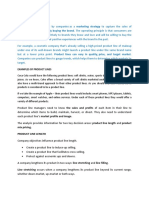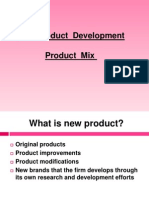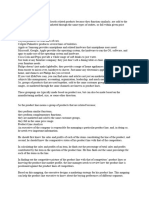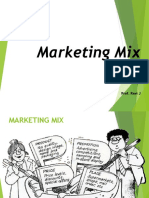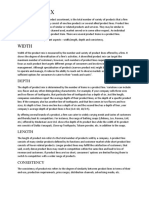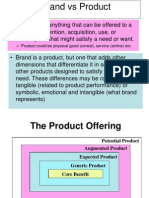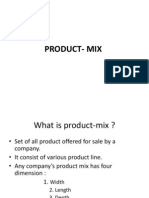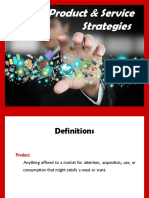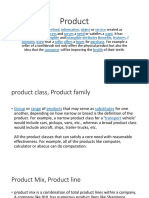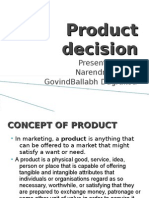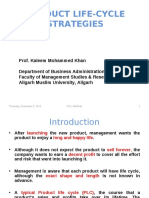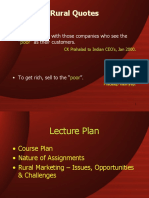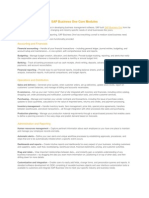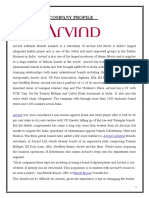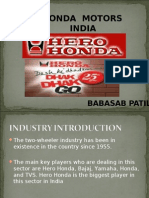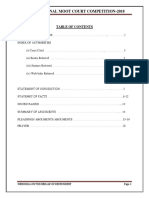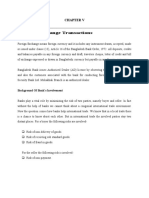0% found this document useful (0 votes)
184 views28 pagesProduct Decisions: Prof. Kaleem Mohammed Khan
This document discusses types of product decisions made at the top, middle, and lower levels of management. It focuses on product mix decisions and product line decisions. Key points include defining product mix as the set of all products and items offered for sale, and discussing the dimensions of product mix including width, length, depth and consistency. It also defines product line and discusses analyzing product lines and decisions around product line length.
Uploaded by
Shameem MohammedCopyright
© © All Rights Reserved
We take content rights seriously. If you suspect this is your content, claim it here.
Available Formats
Download as PDF, TXT or read online on Scribd
0% found this document useful (0 votes)
184 views28 pagesProduct Decisions: Prof. Kaleem Mohammed Khan
This document discusses types of product decisions made at the top, middle, and lower levels of management. It focuses on product mix decisions and product line decisions. Key points include defining product mix as the set of all products and items offered for sale, and discussing the dimensions of product mix including width, length, depth and consistency. It also defines product line and discusses analyzing product lines and decisions around product line length.
Uploaded by
Shameem MohammedCopyright
© © All Rights Reserved
We take content rights seriously. If you suspect this is your content, claim it here.
Available Formats
Download as PDF, TXT or read online on Scribd
/ 28














